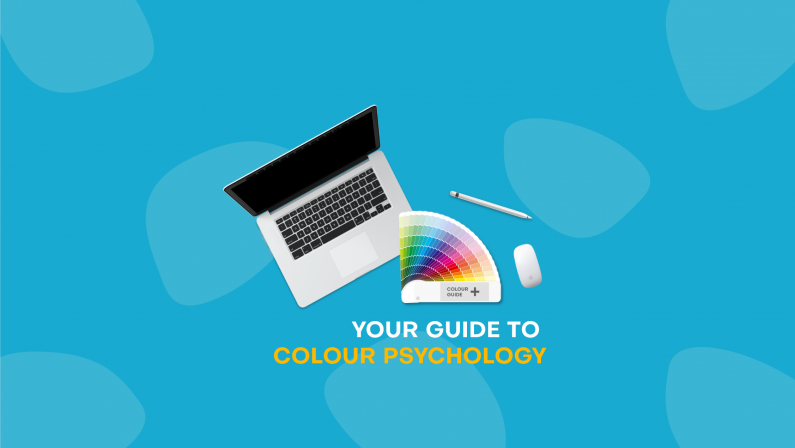Your guide to colour psychology

There’s a bit more to colour than looking pretty. Colours can evoke emotions and associations in people, so we have put together a guide of some of the most used colours in design and marketing, and what they might convey to customers.
Pink
Pink is often associated with passion, innovation, and imagination. It will come as no surprise that brands that mostly target women will use pink, as it is frequently used as a symbol of femininity. But that’s not all pink is known for - it’s also the shade experts will use to shake things up and break the mold. Two well-known brands that use pink are Priceline, likely as it mostly targets women, and Donut King!

Red
Red is a favourite among brands, with some big guys like Netflix, Target, and Coca-Cola selecting the colour. Red conveys power, passion, and energy. It creates a sense of urgency, which is why it is often used during sales. Australia Post has a red logo, which was likely chosen as they want to portray the sense of urgency with delivering packages on time. Experts say it encourages appetite, which is why you’ll see a stack of restaurants using it in their brand, for example, Pizza Hut. It’s not all good news though, some people warn that red can evoke anger or create a warning, so proceed with caution!

Purple
Purple has long been associated with royalty, so it’s no surprise that the colour often represents wisdom, wealth, and sophistication! Many brands will opt for a purple hue if they want to position themselves as prestigious. A few of our favourite brands who do include Cadbury, Hallmark, and even Taco Bell! Darker shades of purple can give off an air of moodiness, and lighter versions are often associated with imagination and spirituality.

Blue
Another favourite for logos, blue most often positions a brand as trustworthy. We could list brands that favour blue all day, but to just give a couple of examples: Facebook, Ford, Samsung, VISA, and Nivea. Blue is also arguably the world leader in favourite colours, with some reports saying upwards of 90% of people label it as one of their favourites! Blue has a calming effect on their viewer, and invokes feelings of serenity, security, and loyalty. We’re feeling calm already!

Green
With increasing interest in environmental conservation, green is more popular than ever! Other than its obvious association with nature, green is also used to promote health, hope, and growth. This makes it the obvious choice for eco-conscious brands like The Body Shop. Green is described by many as being easy on the eye, so is used often in places where relaxation is the goal. Green can sometimes be used to convey power and prosperity.

Yellow
Yellow is another crowd favourite, with a vast number of people listing it in their most preferred colours. Depending on how it’s used, yellow can convey feelings of happiness, warmth, and optimism, or fear and caution. This is why you’ll find it most used when drawing a smiley face, but also on signage communication caution. Bright yellow can be a little jarring to look at, but using the colour sparingly for trims and accents can work beautifully! The iconic Aussie brand Vegemite is one of the most well known users of a bright yellow!

Orange
This is a trickier one, as the orange won’t be winning any popularity contests any time soon! It can be associated with frustration. However, when used well, orange conveys a sense of fun, warmth, and confidence, and is very well suited to non-corporate brands that wish to put across a sense of friendliness and innovation. Orange is often used by budget-friendly products or brands like JetStar, which may be appropriate for some businesses.
